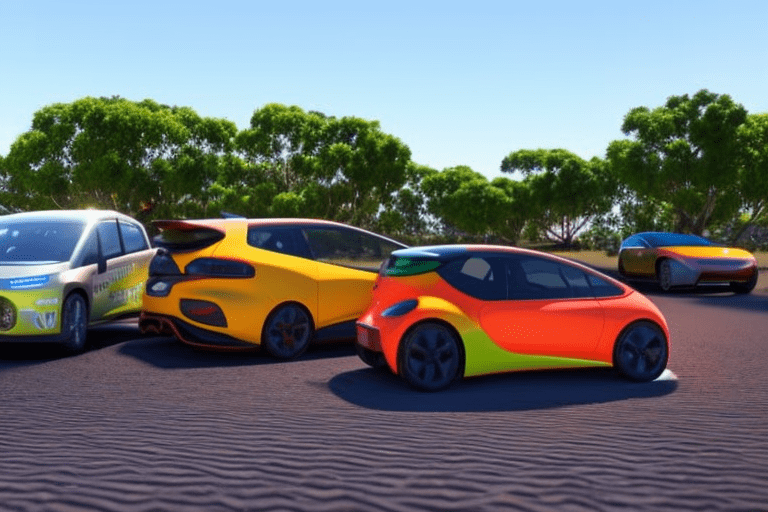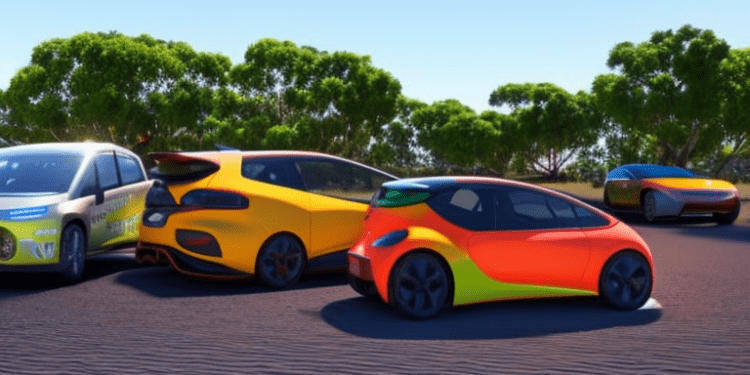Australia’s electric vehicle (EV) market has been slow to take off compared to other countries, but the good news is that it is finally starting to show some significant traction. According to the Australian Electric Vehicle Council’s 2022 report, EV sales in Australia almost doubled in 2022 compared to 2021. This is a promising development, but the market is still significantly behind the global average, which is estimated to have been between 12-14% in 2022.
The report also notes that Australia is lagging behind other markets in the region, such as China, where 28% of new vehicle sales in 2022 were EVs. In terms of market share for new vehicle sales, the Australian Capital Territory (ACT) continues to lead with 9.7%, followed by New South Wales and Victoria at 4%, Tasmania at 3.7%, Queensland at 3.5%, and Western Australia at 3.4%. South Australia and the Northern Territory also almost doubled their market share between 2021 and 2022, although coming off a much lower base.
The report adds that in order to meet Australia’s climate targets of net zero emissions by 2050, significant efforts will be required by governments and industry to achieve a near 100% zero-emission vehicle fleet. This will require the introduction of an ambitious fuel efficiency standard to expand the supply of EVs to Australia, as well as continued support until at least 2030 to ensure EVs make up at least 50-60% of all new vehicles purchased by then.
In terms of variety, 70 different EV models were available in the Australian market in 2022, made up of 38 BEVs and 32 PHEVs. The Tesla Model 3 and Y took the top two positions in terms of sales, followed by the BYD Atto. With more models coming to Australia this year, we can expect to see another good performance in terms of new vehicle registrations. It remains to be seen if EV sales will double again in 2023, but it is certainly a possibility.
FAQ
Q1. How electric car chargers work?
A1. Electric car chargers work by connecting to an electrical outlet and providing power to the car’s battery. The charger then converts the electricity into a form that the car’s battery can use.
Q2. What electric car has the longest range?
A2. The Tesla Model S has the longest range of any electric car currently on the market, with a range of up to 370 miles on a single charge.
Q3. How electric car batteries are recycled?
A3. Electric car batteries are recycled by breaking them down into their component parts and then separating out the metals, plastics, and other materials for reuse. The metals are melted down and reused in new products, while the plastics and other materials are recycled into new products.







